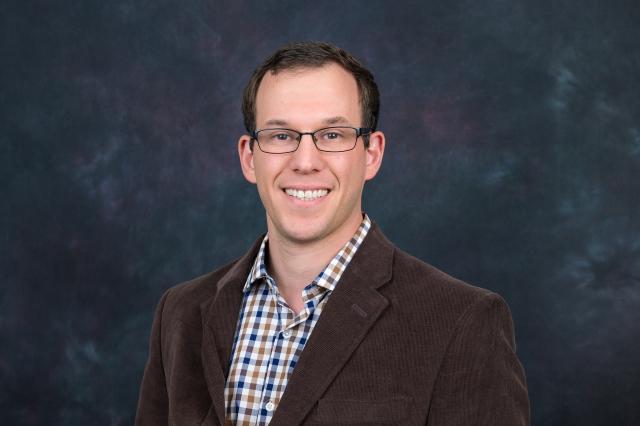Kean Study Explores Why Student-Athletes Withdraw from Division III Teams – and How to Boost Retention

Dr. James Stavitz led a Kean study examining why Division III student-athletes leave their teams and how to improve retention.
A new study led by James Stavitz, Ph.D., assistant professor of Athletic Training at Kean University, takes a closer look at why NCAA Division III student-athletes are apt to leave their teams before graduation.
While high retention is linked to stronger student engagement and institutional success, the study found that many athletes step away from their sports due to mounting mental health challenges.
Published April 11 in the journal Sports, the research identifies key factors that contribute to early withdrawal and proposes strategies to help teams and universities better support their athletes.
“We wanted to understand the internal and external pressures that push someone to walk away from a sport that’s been central to their identity,” said Stavitz, the study’s lead author and principal investigator. “There’s a common assumption that Division III athletes don’t experience the same level of mental health strain because their sports aren’t considered ‘high-stakes.’ But for these athletes, this is high-stakes, and it matters.”
The study was a joint effort among Stavitz, his master’s-level research assistant, and two professors and a doctoral candidate from Kean’s Advanced Studies in Psychology program.
“This interdisciplinary collaboration advances the missions of our Athletic Training and Advanced Studies in Psychology programs, along with Kean’s goals as a research university,” said James F. Konopack, Ph.D., dean of Kean’s College of Health Professions and Human Services. “The findings provide important insights about how leaders at Division III institutions can better support the health, safety and success of their student athletes.”
The researchers interviewed 21 former athletes who had voluntarily stepped away from their teams at Division III institutions, primarily due to mental health-related challenges. Students from multiple universities participated in the study.
The respondents recalled experiencing stress, anxiety and emotional and physical exhaustion due to their efforts to juggle academics, athletics, family and social obligations and often jobs, as Division III athletes do not receive sports-related scholarships.
Compounding those concerns were a lack of consistent and athlete-tailored support from counseling centers, coaches and administrators, stigma in the athletic community around seeking mental health services and sometimes unsupportive team cultures, the surveyed students reported. The net result, they stated, was a feeling of identity loss as they considered leaving the sports that had long been part of their lives.
“Many of the athletes in our study talked about missing classes for away games, struggling to get extensions on assignments or feeling like their professors didn’t understand the time demands of collegiate sports,” said Ryan Porcelli, the graduate research assistant working with Stavitz, who came up with the idea for the study. “When athletes feel unsupported, unseen and stretched thin, their mental health starts to decline, and eventually, for some, the only way out is to walk away from the sport.”
Based on their findings, the authors agree that Division III institutions should:
- hire sports psychologists and expand mental-health appointment hours
- normalize help-seeking behavior by creating cultures in which mental health is discussed and supported
- train coaches and team captains to recognize signs of distress and respond empathetically
- increase merit- and need-based aid for Division III athletes, reduce their work-study burdens and offer them micro-grants for athletic equipment, travel or summer courses
- offer more flexible course scheduling, class attendance and assignment deadlines during peak competition seasons and encourage coaches to explore adaptive practice schedules.
“These goals are a shared responsibility,” Stavitz said. “Coaches, athletic directors, counseling centers, faculty members and university leadership should all play a role, and that should start with awareness and a willingness to view student athletes not just as performers, but as whole people with layered needs.”